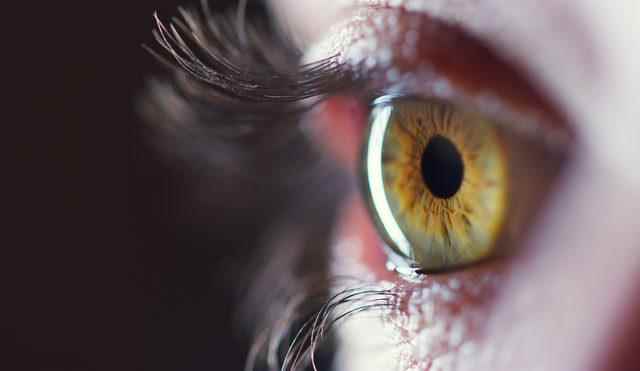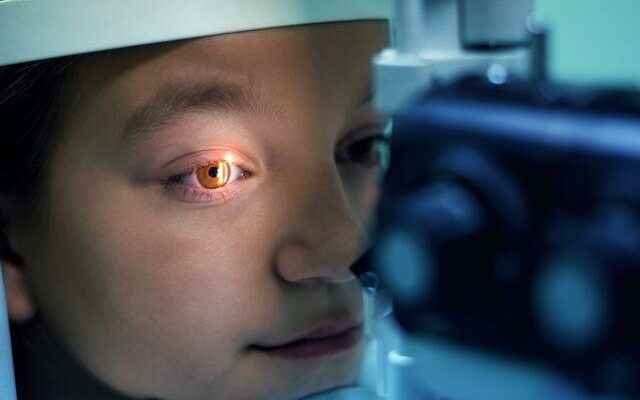“The disease that occurs in the nerve layer, which is about the size of a lentil grain, which allows the eye to see sharply, is called yellow spot disease. The nerve cells in the retina (nerve cell) layer, located at the back of the eye, are not of equal density everywhere. It is the place where we see sharply.The eye-specific yellow pigments called lutein and zeaxanthin protect the macula from excessive light damage.This place is called the yellow spot because of the color of these pigments.In summary, there is a very high metabolic activity in a small area.The macula as a result of intense metabolic activity for life (yellow spot) is no longer able to clean its toxic residues and the nutrition of retinal cells is impaired. The loss of function and death of nerve cells that cannot be fed is called yellow spot disease. Using these expressions, Assoc. Dr. Selim Demir gave information about yellow spot disease and its treatment.
SLOW SLOW IS THREATENING SEEING
Demir said, “There are two different types of yellow spot disease called ‘dry type’ and ‘wet type’. The dry type is the most common yellow spot disease. Fortunately, it progresses slowly as a dry type. With the onset of the disease, it takes more than 10 years for many patients to reach an advanced stage that will seriously affect vision. With the accumulation of metabolic wastes that cannot be cleaned under the dry type yellow spot, white-yellow dot foci called ‘druzen’ are formed. With their increase, nerve cell destruction increases and vision decreases. Unfortunately, the age type of the disease causes serious and sudden vision loss. The resulting vision loss is painless. Wet type occurs in the form of uncontrolled abnormal vessels and bleeding and leaks from these vessels due to the vascular growth factors (VEGF) secreted by the yellow spot region as a result of malnutrition.
OPERATIONS MORE FREQUENTLY OVER 60 YEARS OLD
Assoc. Dr. Demir said, “This disease is a disease of advanced age. If we cannot do many things as we used to as we get older, visual function also decreases with advanced age. The yellow spot, which is the most active area of the eye, also loses its old performance with aging. This disease is more common in people aged 60 and over. Genetic predisposition, exposure to sunlight, smoking are among the risk factors. Since the disease is progressive, there may be milder and vague complaints in the early period, while the complaints increase in advanced stages. Oblique lines, seeing objects larger or smaller than they are, are among the early complaints of the disease. Especially when reading a book, dimpling or bending of the writings in some areas is a sign of yellow spot disease. Blurred vision, being unable to see the center of the place seen clearly, and being able to select the shores are more advanced stages. In glaucoma (eye pressure) patients, a narrowing of the visual field is observed on the shores due to damage, while the opposite is true in yellow spot disease. In other words, patients have difficulty seeing the center while they can see the shores,” he said.

(UAV)
